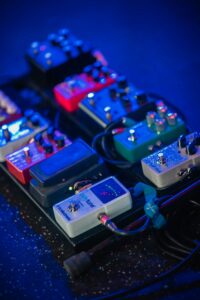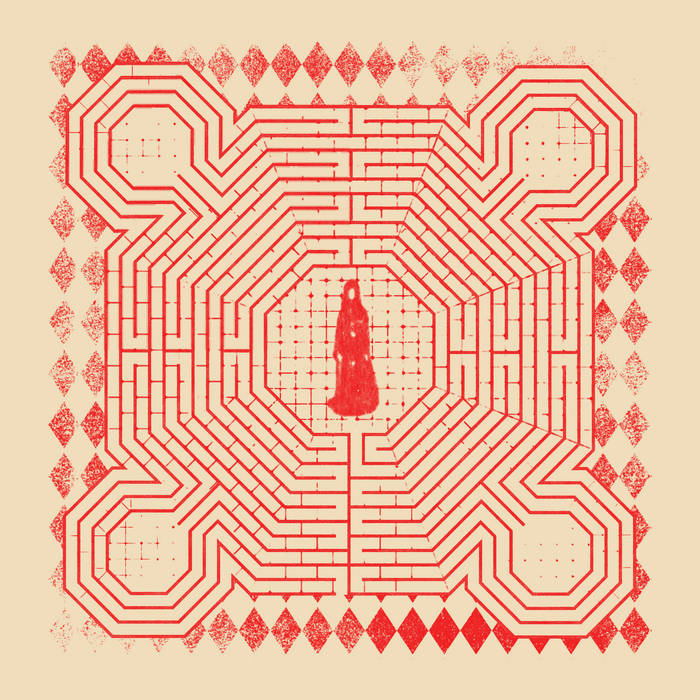Album Review: Everything is Alive by Slowdive
Album reviews, particularly those published by prominent music magazines, often follow a specific structure. They commence by situating the album within the broader context of the recording artist’s discography and career trajectory. This includes an analysis of the artist’s evolution and how this new work compares to their prior albums. Before delving into their own personal critique of the album, these reviews often attempt to provide a comprehensive backstory of its production and release. Backstory provides the reader with contextual understanding of the album. Details may include studio recording challenges, band members’ personal struggles, conflicts, addictions, divorces, or an evaluation of the previous album’s performance.
The approach presupposes that the circumstances occurring during the album’s creation could have influenced its sound or lyrical themes. This can provide further insight into its artistic intent and impact. I imagine that what we might consider “good journalism” accounts for the aforementioned details. After all, we don’t just want to see Sisyphus’ rock at the top of the hill. We want to know why he keeps recording albums, I mean, rolling that rock uphill.
The historian and perhaps the gossiper in me find these details intriguing. However, outlets like Rolling Stone and Pitchfork have covered them ad nauseam. Instead, I’m going to go another route because nothing is more important to me than how an album makes me feel. The phenomenologist in me is interested in the experience as it is, not how it should be. In this review, I tell you how Slowdive’s Everything is Alive made me feel and how to get the most out of the listening experience.
Shoegaze and the Feels
Let’s put this on the table right now: No one listens to genres such as shoegaze to be dazzled by fretboard virtuosity, vocal acrobatics, or complex dance choreography. However, make no mistake: Slowdive have emotional and sentimental virtuosity. That means that they have the capacity to transport you emotionally wherever they want you to go. Their songs instigate a sort of transcendence: When you listen to the entire album and let it wash over you, you will likely find yourself in a different state than the one in which you started. Such was the case with Everything is Alive.
Slowdive is Alive

As a guitarist, I’ve devoted considerable time to studying the recording techniques, guitar approaches, tone production, and equipment used by the pioneers of shoegaze, such as My Bloody Valentine and Slowdive. By now, I know what’s in the chili, so to speak. For example, I’m familiar with the use of the “Soft Focus” preset on the Yamaha FX-500 and the possible settings on an Ibanez AD80 pedal.
When I listened to this album for the first time, none of this mattered. It was too beautiful and too transcendent to even want to look up their equipment choices or personal lives. It was sonically immersive. This is the sort of album that feels like world-building, to use a filmmaker’s term. And it is the sound of a world I never want to leave.
Now, before you think I’m being hyperbolic, let me stop you right there. This album sounds objectively immersive. It’s nuances make it highly re-listenable. While it may not be perfect, perfection isn’t the aim in this genre. It still sounds like the indie band we fell in love with. It is another chapter in the Book of Slowdive.
Next, we’ll assess the extent to which this album demonstrates mastery.
Second and Third-Wave Artists
For years, I’ve observed other artists, influenced by Slowdive, almost perfecting the sound that Slowdive initiated. They had very similar approaches: one-note-at-a-time guitar melodies, extended interludes, major-seventh chord progressions, build-ups, reverb-drenched single-coil guitar droning, indie-style vocalizing, and so forth. Slowdive made an album that reminds us why Sisyphus’ rock keeps appearing at the top of the mountain: it’s a meaningful endeavor and they are good at it. They are masters of this aesthetic, and they execute with perfection, even when they sound their most indie, fragile, or unpolished.
Listening to the album put me into a state of profound reflection. The intersecting guitars and intricate melodies worked in unison to lift my spirits, creating an enveloping aura of sound that allowed the world around me to disappear. The music tapped into my innermost thoughts, bringing to the surface a wave of emotions and sentiments that I thought I had carefully held in abeyance.
Moreover, I was compelled to return home as swiftly as possible to engage in a dialogue with my guitar. This album made me want to play my guitar right now. The music provoked an urge to explore my own creativity, to express my feelings through the strings of my guitar, echoing the sentiments stirred by this remarkable album.
Equipmentality
I believe that you can only fully immerse yourself in music like this if you let go of the biases and assumptions associated with an album’s technical approach and the artist’s personal life. In fact, if you really want to get the most out of the music, let go of the need to immediately run to the proper reviews and sensational tabloids. Sure, you can check those out later.
To truly immerse yourself, let the music wash over you, so to speak. Allow yourself to feel the music. By first letting the music resonate with you, you enhance the chances of experiencing what art philosophers describe as a transcendent experience. And I mean this philosophically, not in relation to any religious or spiritual practice.
If I had focused on whether shoegaze is still relevant or whether the guitars have hand-rolled single coil pickups, I never would have had this experience. I’m reminded of Martin Heidegger’s concept of equipmentality — when you focus on how the equipment works or doesn’t work, you are witnessing a function instead of having an experience. Encounter this music as it is, not as it should be.
The Human Condition
Now that we’ve approached the album for itself, let’s talk about the band. During the album’s recording, Rachel Goswell’s mother and Simon Scott’s father passed away. These sentiments seem to appear throughout the album, especially in songs such as “shanty” when they sing,
In the morning
Come on over
Your eyes are mourning
When the night rolled in
Time runs on once more
Another ghost is born
I feel like change will come
When the night rolled in
“shanty” by slowdive
I’m uncertain if this is related to their grief. However, I do know that words often fall short in expressing such a loss. The best albums in this genre seem to transform the human condition into the sound of controlled chaos and fine art. Everything is Alive does just that and encapsulates the sound of grief and the hope for a new life despite such loss.
Conclusion
It’s uplifting to discover that a group of like-minded artists can thrive on the original spark that united them. Slowdive demonstrate that they still tap into the vast reservoir of ideas, sentiments, and aesthetics that initially drew us to them. The band formed in 1989, but I discovered them somewhere between the early internet message boards of the mid 90s and the emergence of Napster. I never heard them on the radio, nor did I ever see their band poster in my local music store. Their fans took on the responsibility of proselytizing the cult of Slowdive, and for that, I am eternally thankful.
This is the album we’ve been waiting for, this unrestrained instantiation of sonic world-building from the scene that celebrates itself. Clearly, they embrace their place in the pantheon of euphonic virtuosity. This album is a historical landmark, a place to remember our journey. They are the voice in the wilderness. Join me as I follow them up the mountain.


